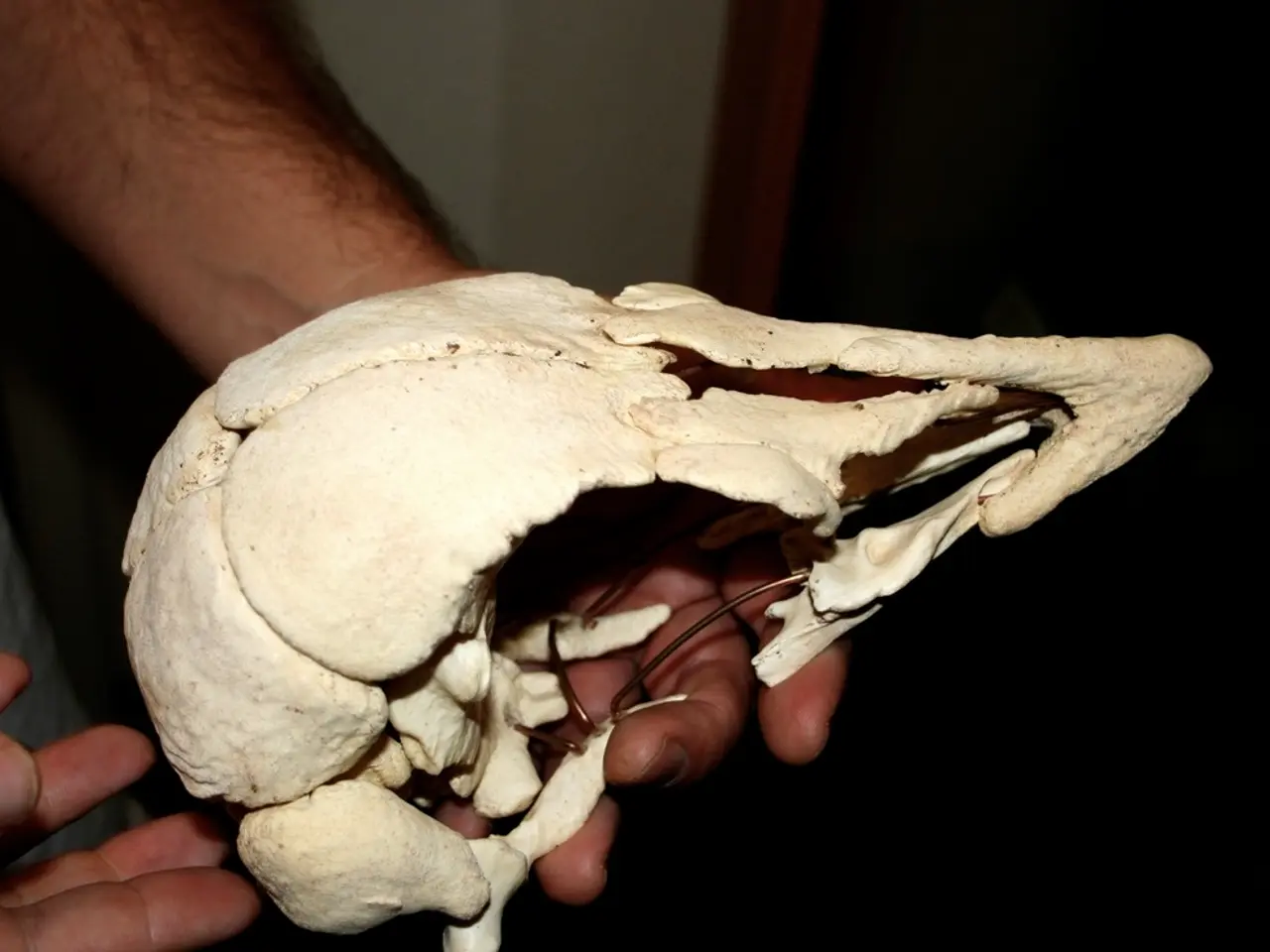The Unique Anatomy and Function of the Thumb
The thumb, the first digit of the hand, plays a crucial role in our grip and grasp. It's not typically referred to as a finger, despite its name. Let's delve into its unique anatomy and function.
The thumb's unique range of motion, allowing it to bend at the knuckle and touch the tips of the fingers, is facilitated by its distinct structure. It consists of a metacarpal connected to the trapezium, a carpal bone in the wrist, followed by the proximal and distal phalanges. This structure is supported by muscles distinguished by 'pollicis' in their names, including extensor, flexor, opponens, and abductor, with longus and brevis descriptions.
The thumb's blood supply is ensured by the princeps pollicis artery, first described by Henry Gray. This artery, along with the thumb's versatile motion, enables its vital role in grasping and holding items.
The thumb, with its unique anatomy and wide range of motion, is an essential part of our hand. Its distinct structure and blood supply, as described by Henry Gray, allow it to perform crucial functions in our daily lives.






